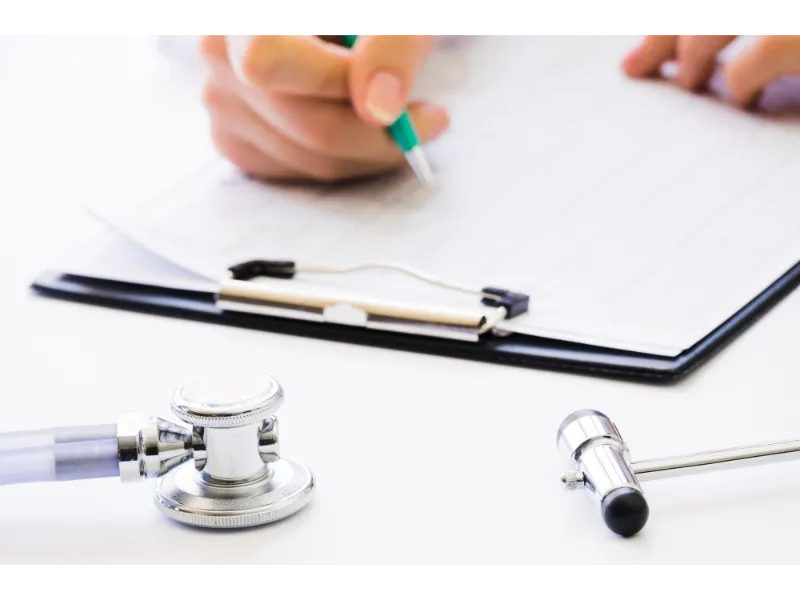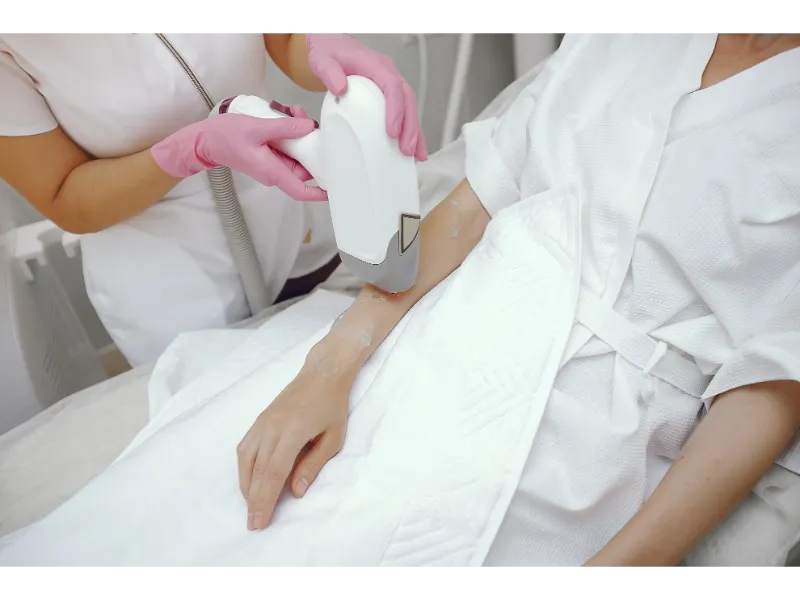Body Lift Surgery
Body Lift
A body lift is a plastic surgery technique typically performed on the breasts, thighs, buttocks, and abdomen. They are broken down into two different types of body lifts: the upper body lift and the lower body lift. When both surgeries are done at the same time it is considered to be a complete or total body lift.
The purpose of a body lift is to improve and tone the shape of any underlying tissue that supports skin and fat. It is usually performed after a person experiences a large amount of weight loss, usually after weight loss surgery. A body lift can also be done to get rid of the physical appearances that are present after pregnancy or throughout the aging process.
Some of the most common body contouring surgeries performed after significant weight loss includes:
- Thigh lift
- Breast lift or breast reduction
- Extended abdominoplasty or lower body lift
- Upper arm lift
Body Lift Surgery Procedure
More often than not, body lift surgeries are done in a hospital but can be performed through outpatient surgical centers that are qualified and accredited. Depending on your BMI, a surgeon can dictate which facility would be best for you. For a total body lift surgery it can take anywhere from four to eight hours and a patient will receive general anesthesia putting them in an unconscious state.
Lower body lifts start off with an incision along the belt line above the buttocks along the outer side of the thigh area. Thigh skin can be separated to make the lift go more smoothly. After the lower body lift incisions are tightly closed, the abdonimoplasty will follow. With this procedure, a horizontal incision is made along the pubic bone and your surgeon will remove any tissue from underneath the muscles to level out the skin according to where the belly button lies. The skin is then separated between the center of the rib cage and the belly button. Liposuction will then be done if required around this area and along the waist.
Once all the excess skin has been removed, the abdominal wall muscles are then tightened. All excess fat and skin is moved downward above the belly button and is then sutured at the pubic area. The belly button is then moved back to its original position.
In an upper body lift, the procedure begins with a broad excision at the bra line. Once this has been securely closed up the fat rolls on the back are then removed and the waist is then narrowed. From there, any excess skin will be removed from underneath the breasts and the lower rib cage which will tighten all skin under the breast. This newly elevated skin from the abdomen will be deeply sutured below the rib cage.
After Body Lift Surgery
Body lift surgery is treated as any other major surgical procedure. Typically a hospital stay of up to three days could be required after the surgery. Full recovery could last anywhere from six weeks or more.
Immediately following surgery, medications are used either through IV or intramuscular methods for discomfort and pain. Oral medication will eventually replace the intramuscular and IV treatments for pain. There are several draining tubes that are placed at or near the incision sites to remove any blood build up. Once the drainage tubes are inserted, the patient will need to have a personal home care assistant provide care for up to two weeks or longer to make sure that fluids are draining properly. In addition, a surgeon could also give a prescription for a medical compression garment to assist in the recovery process. This garment must be worn all the time except when taking a bath. Within approximately 14 days from surgery the dressings can be removed and you will be allowed to shower.
As with any major surgery, it is very important to adhere to any physical restrictions that your surgeon will require. Some of these restrictions may include:
- Limiting excessive exercise routines beyond light walking
- No lifting anything over five pounds
- Do not put any unnecessary pressure on the areas that were treated
On average, recovery time can be anywhere from four to six weeks which is the time where you can return to your normal daily routines; exercise routines can be resumed eight weeks after surgery.










